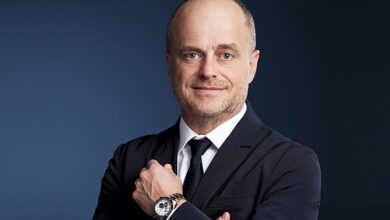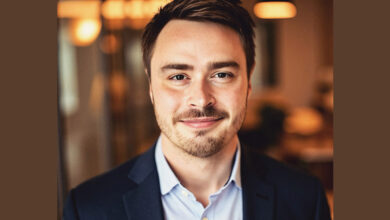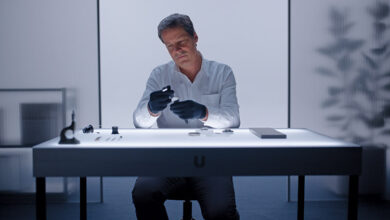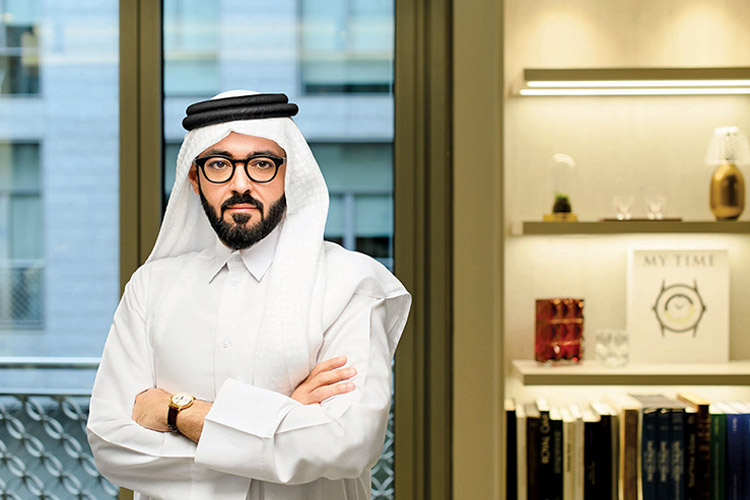
Perpétuel Gallery is the brainchild of Hamdan Al Hudaidi, who is the Founder of Perpétuel and Ashfields Consultancies – its parent company. Hamdan opened Perpétuel in the immediate aftermath of the pandemic and, in a truly short time and a stressed market, has made Perpétuel the go-to place for watch connoisseurs not only in the region but across the world. We sat down with Hamdan to understand how and why Perpétuel came into existence and its phenomenal success
How did your love for watches start?
My passion for watches began at an early age, from around the time I was a teenager. I was inspired by my father – looking at him wear the best watches and use the best pens. As men, we do not have a lot of accessories to wear. We have pens, shoes, cuff links and watches. I was always looking up to him, noticing what he wore and how he looked. We all of us always want to be like our fathers.
What kind of watches did your father enjoy wearing?
Most of that generation preferred watches from Rolex and Omega. He had Omegas from the 70s; dress watches with diamonds and mother-of-pearl dials – all highly appealing. He had Rolex Day-Dates, shaped Pateks; most of his watches were the popular ones from that era – 70s, 80s, 90s, and the millennium. They included Omegas and sports watches that he used to wear. He also acquired watches from the new brands that came out later, so he has the modern F.P. Journes and the modern Pateks, but his passion is for the classics.
When you started collecting, did you prefer the traditional brands or the modern ones?
The first watch that I bought was a Rolex; my father had earlier, when I was in school, gifted me a Rolex Day-Date. Later on, I started researching in-depth and I read a lot about Patek Phillipe; I remember buying my first Patek Phillipe – the Aquanaut – in the early 2000s. One month later, I saw a Nautilus in the window, and I bought that; it was still easy to buy a Nautilus then. From that point, I started reading more about horology and fine independent watchmaking. Because of this, I started buying from many independent brands much earlier than people even knew about these brands.
How long did it take for your love and focus on traditional brands to also encompass independent watchmakers and vintage brands?
It took me about 10 to 20 years; I started collecting when I was 17 and it took me about 10 years to learn and build my collection. Of course, this is a journey where you are bound to make mistakes; the important thing is that you learn from your mistakes.
How did the concept of Perpétuel Gallery begin?
I have to thank COVID for that; honestly, in 2020, I had no idea that I would take this up professionally. All the studying that I had done, the courses that I had taken, were all only to build my collection. I never intended to go into this field as a professional. In 2020, when the entire world was on hold, I thought of opening a horology consultancy firm – Ashfields Consultancies Limited, which still exists and is the owner of Perpétuel. When people were closing companies, I opened one and started working; it was a horology consultancy firm that advised collectors on how and what to collect, curating collections and advising brands – positioning them locally and internationally – as well. If they faced any obstacles, we would diagnose their problem, give them a solution, and accompany them on their journey until they are back on their feet. Then, I realised that I wanted a retail space, to reflect what I wanted to bring to the Middle East. This is something that collectors lack here in the Middle East, and just not only Dubai.
I started Perpétuel Gallery and brought in brands that I believe in. The first client for the brands that we have in Perpétuel Gallery is me; for every watch, every edition of a watch – be it $1,000 watch or a $1 million one – I am the first client. This means that I really believe in the brand; I predict their future success; and they have an amazing strategy. It is a huge responsibility; I cannot give a client something that I do not believe in. Today, we are in a position where every day, we receive emails from many brands asking us to represent them, but before anything else, my first question is, “Would I wear the watch?” “Would I approve it for myself?” If the answer is “No,” then I would not approve it for my clients.
Do you have any difficulty in convincing your clients about some of the brands you represent, as some of them are not very well-known or are quite niche?
In the beginning, yes, I did. In 2020, it was difficult, but today it is much easier; it is still a challenge but much easier. My objective was to feed the Middle East with amazing, fine independent brands, and today, with the Krayon experience of a limited edition of 15 pieces, I am very happy. Twenty-five percent of the watches came to the Middle East, another 25-35 percent went to Europe, and 45 percent went to America. It was a good exercise because it proves that we are international, and we are officially sold out. We have no more stock of the Krayon Anywhere Perpétuel Edition, which is an amazing achievement. We were the first retailers for that. Today, when clients learn this, they realise that they need to learn, they need to catch the next edition and the ones after that. People now are forcing themselves to learn, to not miss; they see many of their friends in Europe or the Middle East are into niche brands, independent brands. They ask themselves. “Why are they knowledgeable, and not me?” or “How do they know?” They go to their friends, who direct them to Perpétuel, and we give them the knowledge we see they need.
Perpétuel represents not only the very exclusive brands such as Roger W Smith, Auffret, and Krayon, but also more affordable marques; when did you decide to cater for the more affordable independent brands?
There are a whole lot of micro brands, but they are all not good. There are hundreds of micro brands that open every year and close because they cannot afford to sustain themselves, and nobody hears about them. Perpétuel is not only a gallery to sell artisan timepieces for a million dollars, $500,000, or $300,000, but we try to present something affordable but inaccessible; affordable yet selective, even from the client’s perspective. Yes, it is a $5,000 watch or costs $2,000, but we try to create a hype. We try to make it a limited edition, but sometimes that is not feasible. Sometimes, I know that if we make 500 pieces of a watch, we can sell them, but I don’t do that. I make less numbers; I make 100 or 200 of them, sometimes even 70. I know I will be sold out, but I do it to create the need and to make our clients feel special. Today, nearly 50 percent of our clients who buy from micro brands are collectors of the big brands.
When did you decide to open the Perpétuel Gallery and why did you decide to open in DIFC, Dubai?
It was six months after I opened Ashfields. If it were not this location, I would not have opened Perpétuel. I have never disclosed this publicly but if it were not in the Gate Village, DIFC, I would not have done this. As a representative of fine independent watchmaking brands, our gallery cannot be in a place that is less exclusive than art galleries. Every fine independent watchmaker is an artist, and for all artists such as Picasso, their art reflects their personalities, and it is the same with independent watchmakers. The works of horologists such as Roger Smith, Theo Auffret, Krayon, Borraccino and Singer Reimagined reflect their knowledge; it reflects their tastes. When you are seeing their watches, you are seeing the watchmakers, you are seeing how they think. If you see how Krayon or Roger do their cases, then you realise that while one is modern, the other is very traditional. They are no less than any artist; that is why those timepieces cannot be at a retailer’s. They have to be at a gallery, which is why I did not want to be in a place less prestigious than the DIFC.
What are the first brands that joined Perpétuel and how were you able to get them?
Krayon and Roger W Smith were our first fine independent watchmakers. I was their client before I became their representative. I have been the client of every brand you see here before I began representing them. Theo was working on his prototype of the Tourbillon à Paris and was in construction before Perpétuel was even born. This means that I was his client before being his representative. The exhibition we hosted, where Roger and Theo participated, was extremely successful because it showed how there is potential for people to learn and know more, even if they do not buy – which is the objective. For us, the priority is to educate the people.
How do you manage to handle your clients’ demands when most of the brands you represent make only around 20-30 timepieces a year and they also supply other regions around the world?
This again goes back to the knowledge and perspective of watchmaking; we try to educate people that they have to wait. They will have to be patient because that is what makes a timepiece different. Let me illustrate with a scenario: Let us say that today you are financially well off and you go to any of the hyped brands, and you try to buy a timepiece; you are told that you have to wait and will be placed on the waiting list. But you can go the market and probably pay 3 or 5 or 10 times more than the price and you will be able to get the watch the same day. The sexy thing is that this cannot happen with the independent brands; you cannot wake up one morning and say, “I have all the money and I want a Roger Smith now.” That is what makes people crazy, makes them want to learn more, makes them accept the wait with patience. They are willing to wait for two years to get their watch and at the same time want to see what is new and who will get successful in a year or two and book it from now. Here, they are motivated to learn.
One of our main strengths is that today, the collectors want to be the first. They want to be knowledgeable, and they want to seem knowledgeable. Seeming to be knowledgeable is not wrong because in the long run, it will make them knowledgeable. A person seems knowledgeable, then they learn, and after that become really knowledgeable.
From which region do you get your clients for your online store?
Middle East and international; today, we have clients from the Middle East, America, Japan, Taiwan, South Africa, Australia, and from other places. That is why I honestly think that Perpétuel is a very good exercise.
Which was the first micro brand that you worked with and how was the feedback for it?
Baltic was our first micro brand and yes, I was very surprised by the great feedback and demand for it. We are now very close friends with the brand. We were extremely impressed, and they gave us the adrenaline that made us want to explore more.
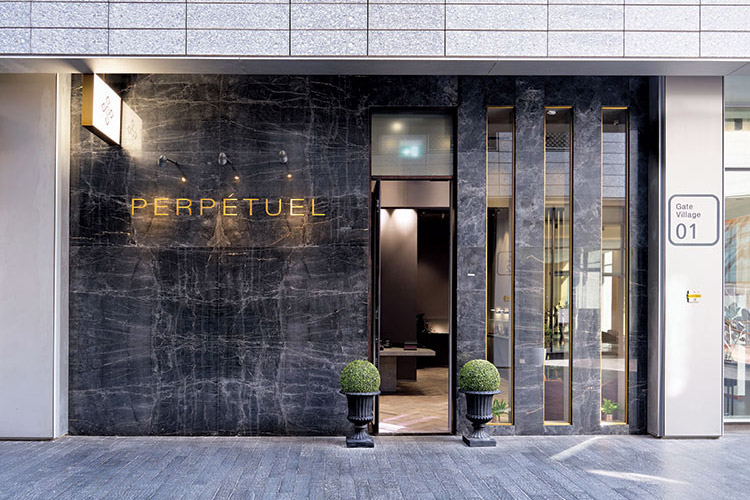
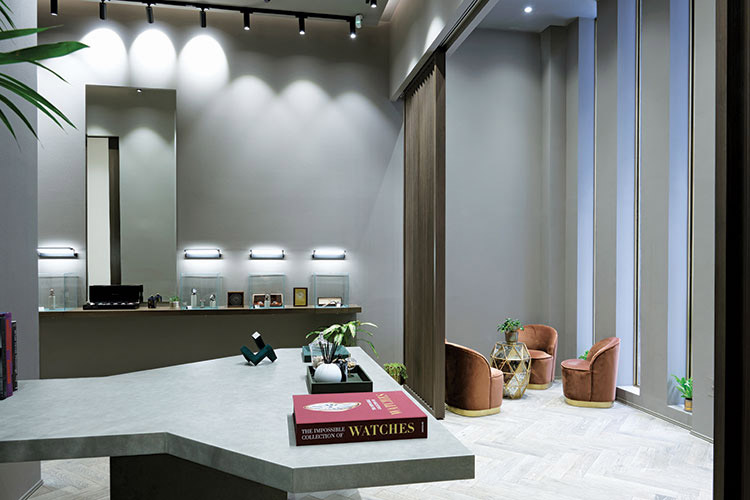
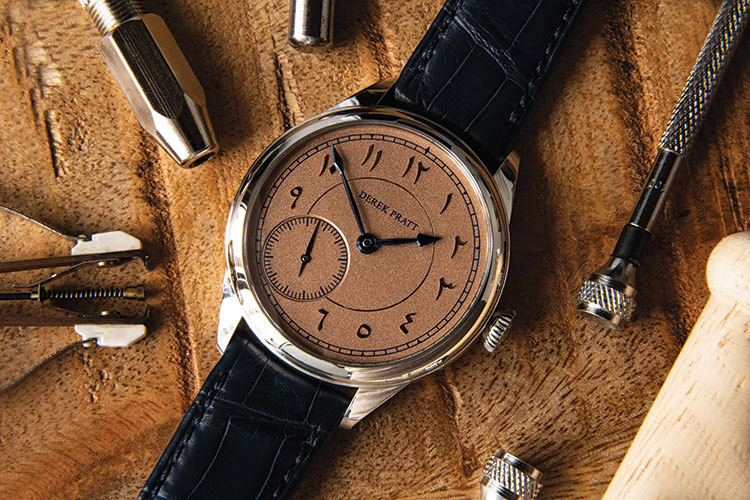
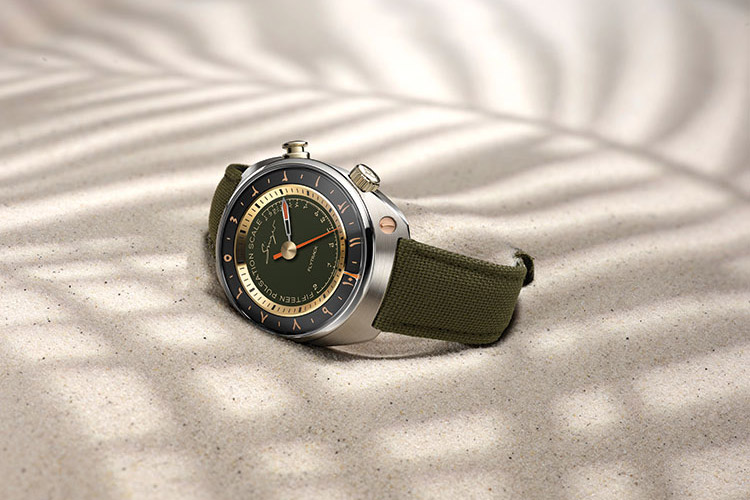
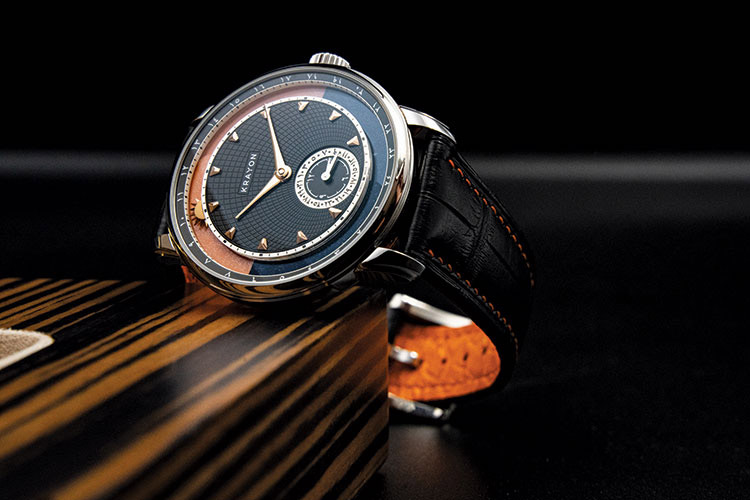
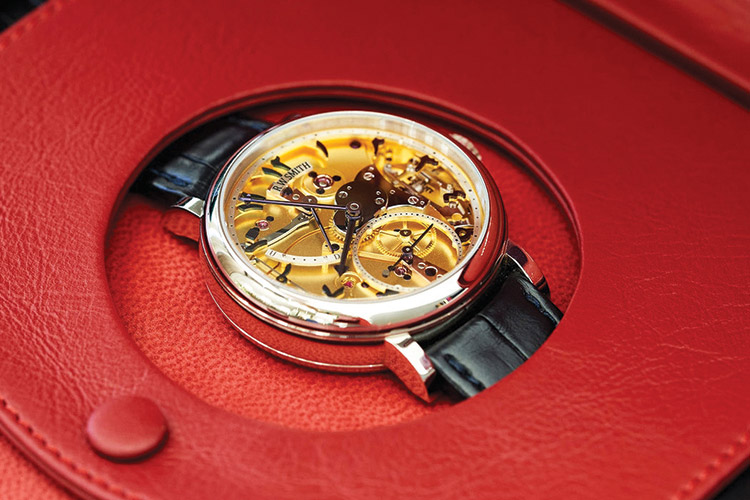
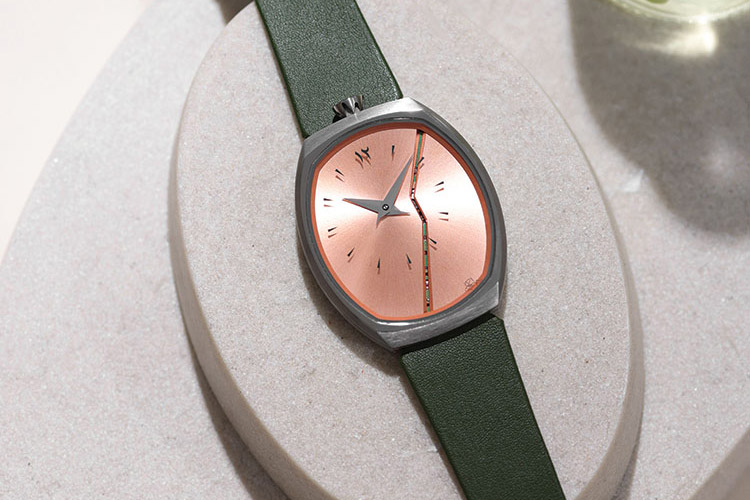
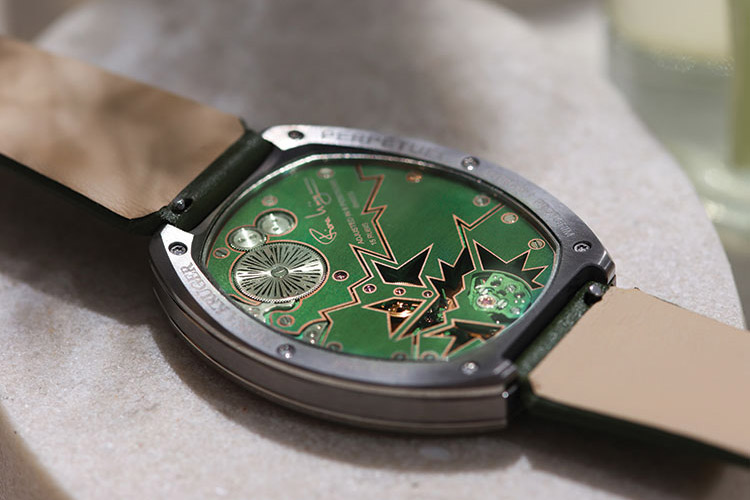
For more details, please visit https://perpetuel.com/

